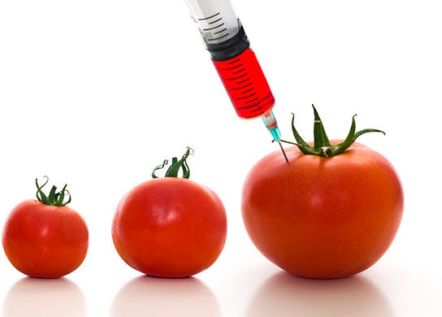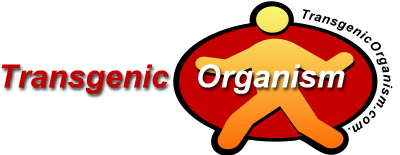What is Transgenic Organism?
What is a transgenic organism? Transgenic organism is an organism whose genome has been genetically modified by introduction of novel DNA. Genetically Modified Organism (GMO) specializes in providing 129Sv/Ev and C57BL/6 mouse gene knockout/knockin services. Transgenic Organism’s outstanding troubleshooters can handle the most difficult transgenic gene targeting projects, and our experience and reliability will enhance your competition in Research and Development. Our Company’s robust 129Sv/Ev and C57BL/6 embryonic stem (ES) cell lines allow Transgenic Organism to personally guarantee germline transmission, a policy unmatched by any other company or institution.

Transgenic Organism is a contract research facility that produces genetically modified mice for global pharmaceutical, biotechnology and academic institutions. Compared to other target-identification technologies, genetically modified mice provide the most biologically relevant information about gene function.
As cost containment pressures increase, Transgenic Organism offers expertly executed, timesaving, and cost effective methods to determine the function of specific genes in physiology, disease, and in validation of drug targets. As a contract organization, Transgenic Organism has proven to be an economically attractive option for producing genetically modified mice. Transgenic Organism tailors its services to meet our clients’ specific objectives and requirements in the development process of the knockout mouse. Generating a knockout mouse involves months of hard work, but with a highly experienced staff, Transgenic Organism provides superior quality that is dependable, detail oriented, and efficient.
Transgenic Organism has experienced substantial worldwide growth over the past few years. The Company has been praised continuously by its clients as to the quality and reliability of its work, as well as the professionalism of the staff.
According to the United Nations, one in four children in third world countries are still underweight. To stay on track for the 2015 decade goal to eradicate extreme poverty and hunger, transgenic organisms offer the best solution. Developing countries simply do not have the sufficient resources and infrastructure to pursue traditional labor-intensive and lower yield agriculture. Sustaining a healthy agricultural market is main reason to industrialization and exterminating poverty; with more people well-fed and less people needed to work the fields, the developing world will have a quicker and easier transition to industrialization, and eventually to competition in the world market due to development of transgenic organisms.
At last, it boils down to questions of time and trade-offs. Do we use transgenic organisms and alleviate poverty and hunger more quickly and efficiently? Or do we wait and put our faith in the growing movement of organic farming, leaving world hunger and poverty to stew on the table, to be solved far beyond 2015? Do we eradicate world hunger and poverty but face the danger of creating rogue transgenic organisms in the wild?
To me, and to the one in four children in the developing world who are going to sleep hungry tonight, and for many nights to come, and for many years to come, the answer is obvious. Hunger and poverty acutely affect us in the short-term, and so our solution demands a short-term timeline—exactly what the adoption of genetically modified plants offers.

Ann
When you look at the bigger picture, such as those families and kids in third world countries, who do not have the ease and choice of foods we have here in the US, I’m all for safe alternatives to producing more foods. Of course, it needs to be done safely and with some regulation, but I’m all for transgenic organism developments. If it’s a country that is well off, with its’ citizens who have access to fresh, organic produce and such, then that doesn’t need to be used there. But the most important part is it needs to watched and regulated.
Britanica
GMO foods have been proven harmful to healthy children and adults, so imagine giving them to unhealthy ones. I feel like if this was done in a safe and honest matter, it can help a lot of starving countries but at the same time they can’t expect to be feeding this to everyone. Lab food is low in minerals and vitamins that naturally need to be sourced from this live food to work and function properly in the body. I hope they figure out a safe way to do this because it can help but I am not for giving GMO foods to people in the state they are currently in.